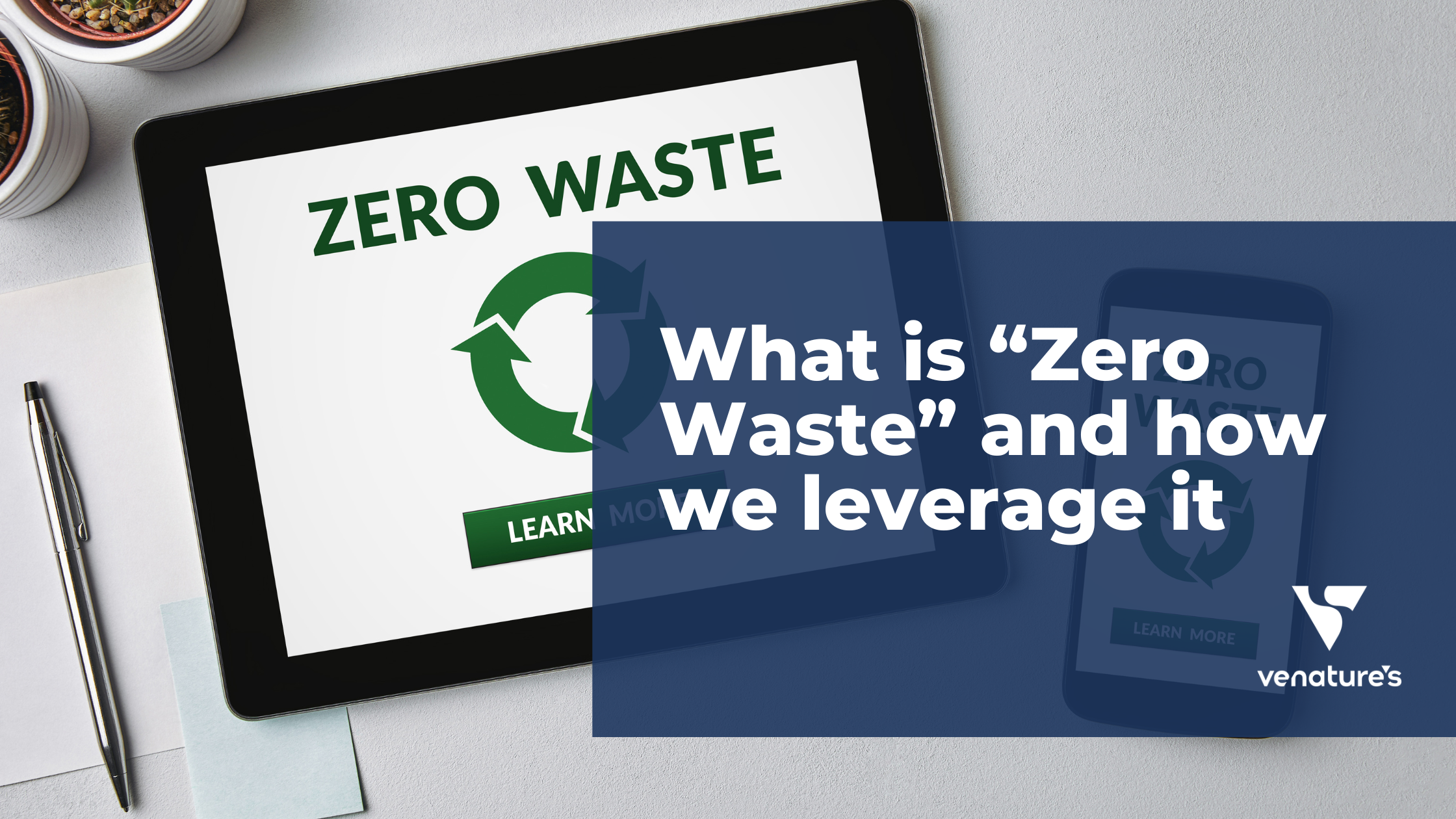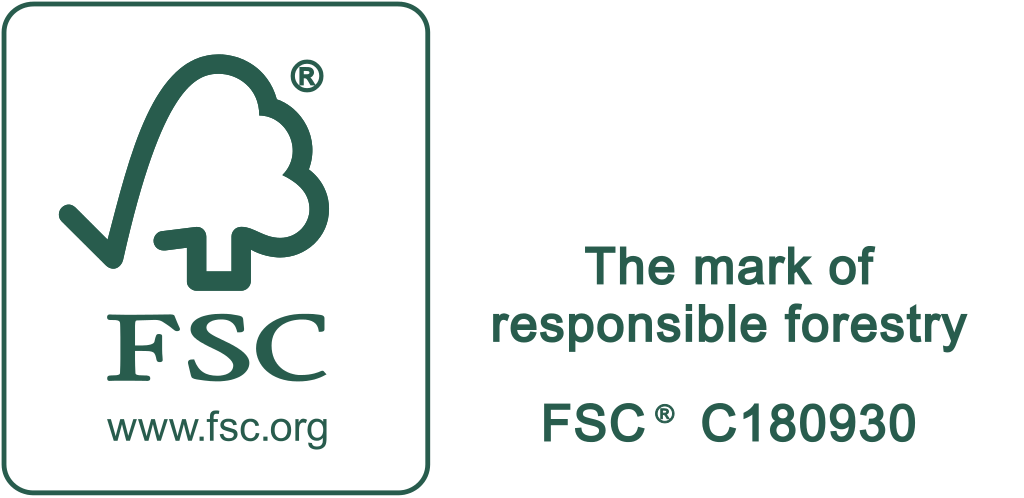
What is “Zero Waste” and how we leverge it
THE MEANING OF ‘ZERO WASTE’
Zero waste, zero rubbish, exceptional sustainability. This reduces the principle of living with ‘zero waste’ into its simplest terms. It is a term that we want to add to our personal vocabulary, to guide us towards change and to guide our decisions within the company. We have already talked about how the word sustainability is the compass directing our choices in our day-to-day work, and now we will explain why zero waste is also so important to us.
The zero waste philosophy and the 5Rs
Those who decide to live according to this theory try to eliminate, or at least minimise, the production of waste in their daily lives, plastic in particular. The ‘zero waste’ philosophy is based on the 5Rs of Bea Johnson, pioneer of the Zero Waste movement and blogger of the Zero Waste Home. There are five words, or concepts, which are the cornerstones of the Zero Waste philosophy. These are the 5Rs:
- Refuse
- Reduce
- Reuse
- Recycle
- Rot
The community that has grown up around the Zero Waste philosophy has added a sixth R to these five principles: repair.
‘Zero waste’ in the company: the Seven Mudas
If, in everyday life, you can live without waste by following the 5Rs, in our company we adopt the 7 mudas of the lean system, which divides waste into seven categories.
The first is overproduction, i.e., generating more output than is needed for the next step in the process. The second is inventory, i.e., the accumulation of resources to be transformed, being transformed or already transformed. Having a large quantity of stock is, firstly, a cost for the company and, secondly, an obstacle to improvement because it contributes to concealing the production problems within the process. The third category is waiting, or rather, the periods of inactivity of the resources being processed or the transforming resources. This may be due to multiple factors, such as, for example, the depletion of materials, equipment failures, delays due to production batches, lack of expertise within the process and so on. The fourth category is transportation, specifically related to the movement of resources during processing. The fifth category is over-processing: the presence of processing steps resulting from inefficiencies in transforming resources or in the product and process design can generate non-value for the end customer. The sixth is motion, meaning the presence of any unnecessary, or even incorrect, movement within the workflow. The seventh category is defects and waste within the process: generating defective output means failing to adhere to the customer’s request and we are very aware this is far from what we have identified as value.
How can these seven categories of waste be reduced?
We start with an analysis called the VA-NVA analysis to create a report that identifies the classification of the processing stages and places them into three types (VA, NVA1 or NVA2 steps) and provides a great deal of information on the composition of the workflow.
The analysis consists of the following steps:
- Observation and selection of the correct approach according to the duration of the processing steps to be analysed.
- Training and informing of the operators on the purpose of the analysis and their role in the process analysed.
- Survey of the steps (4M+E), specifying who carries it out, where they carry it out, and what instrument or machinery and materials are involved.
- Survey of time divided into three categories:
- Time VA: time spent on activities that create value for the customer.
- Time NVA1: time spent on activities that do not add value but are indispensable given current technology.
- Time NVA2: time spent on activities that do not create value and can be eliminated immediately with little effort.
- The NVA2 class is further subdivided into other subclasses of waste. The most common categories are:
- Raise and reposition
- Transport
- Check and adjust
- Clean
- Setup and technical time
- In the first phase of the analysis, we do not define NVA type 1 times, as this would mean defining them from the outset as non-eliminable.
- Formalisation of collected data
- Analysis and redesign of the physical workflow. After collecting and formalising the data of the steps and times that relate to the current state of the processes, the analysis and redesign of the physical flow can be started. This activity is carried out by the analyst with the involvement of the operator who carried out the steps surveyed. In this phase, all the operations are analysed one by one, and questions are posed to challenge the entire process. The questions asked are:
- Is the activity necessary?
- Is the VA time consistent?
- How and by how much could NVA time be reduced?
- Can the ergonomics be facilitated?
- Should the activity be carried out within the main flow?
- At the end of this phase, we would expect a sequence of steps that are modified in respect to the initial ones, both in terms of sequence and duration.
- Definition of the action plan
After the analysis: balancing the steps and implementation of the process
At its completion, the VA-NVA analysis leaves a useful database for the calculation of process balancing. We note the rate at which the market demands products (Takt Time) to calculate the minimum number of workstations and operators needed. For balancing each step, all that is needed is to move activities around to achieve a balance that closely matches the pace required by the market. Another great benefit that derives from this tool is the creation of ready-made timed sequences for the various workstations and the analysis also helps to understand the list of tools used and materials processed in the individual operations.


